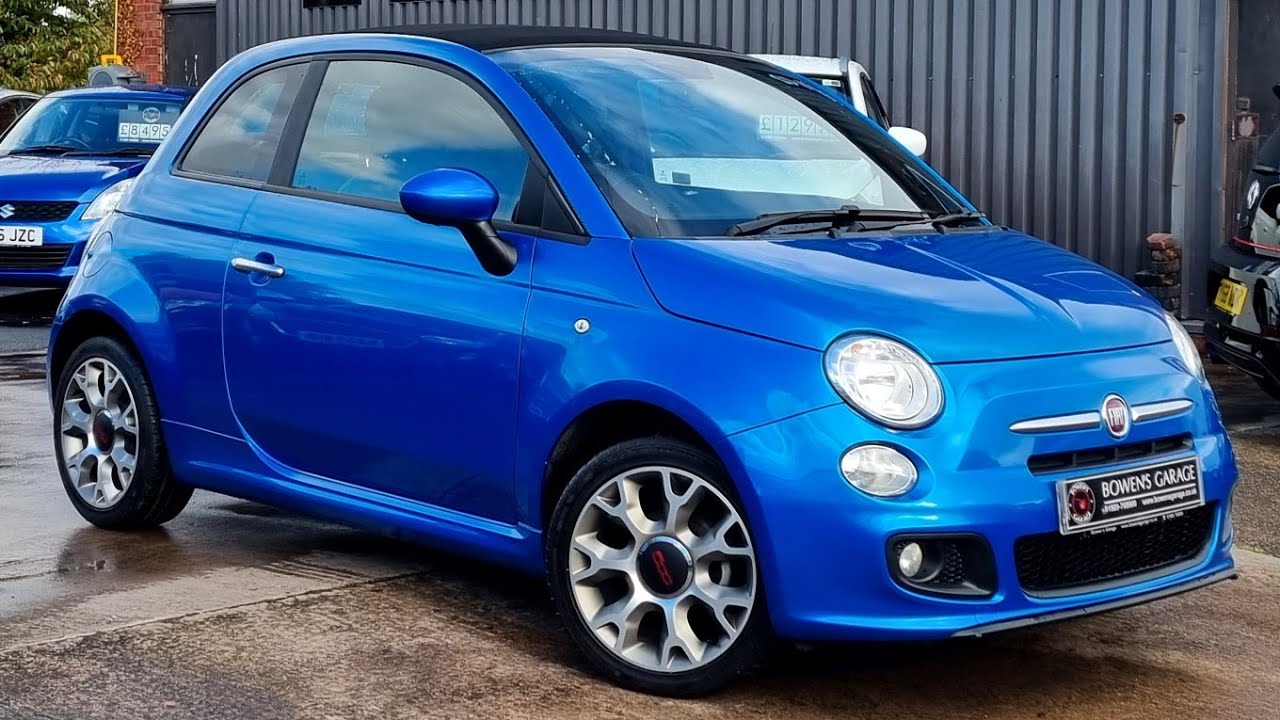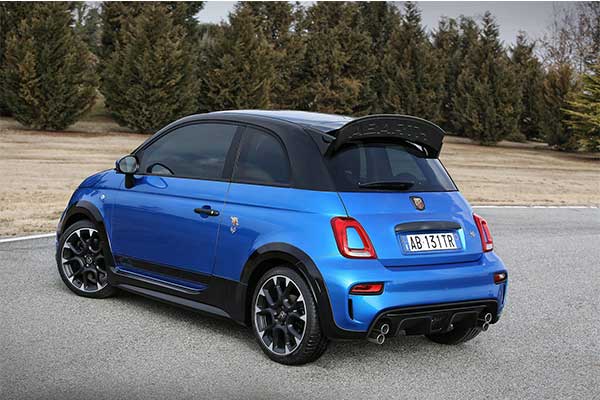The iconic Fiat 500, known for its fuel engines, is nearing the end of its era in Europe after 17 years. Reports suggest its production will cease in July, partially due to new EU safety regulations. To compensate for the loss of the traditional Fiat 500, Fiat had reportedly considered introducing a fuel-powered variant of the electric Fiat 500e. However, Fiat’s CEO, Olivier François, has dismissed this rumor, stating that the idea seems more like a fairy tale.
François expressed doubts about adding a mild-hybrid version to the Fiat 500e family, emphasizing that the model’s identity aligns strongly with electric propulsion. He believes the Fiat 500e embodies the essence of the brand’s icon as an electric vehicle.
While acknowledging the gap left by the outgoing fuel-powered Fiat 500, François believes it can be filled by existing or upcoming fuel models, such as the new Fiat 600 and Panda. The latter will offer both electric and fuel engine options, similar to its Stellantis counterpart, the Citroën ë-C3 (Aircross).

François is optimistic about the Fiat 500e’s sales potential and anticipates increased demand, especially with potential financial incentives from the Italian government. He sees this as a strategic move towards promoting electric mobility and aligning with the evolving automotive landscape. Despite the discontinuation of the traditional Fiat 500, François remains confident in Fiat’s ability to adapt and thrive in a changing market environment.
The decision to focus on electric propulsion reflects Fiat’s commitment to sustainability and innovation. By embracing electric vehicles, Fiat aims to meet regulatory requirements while catering to evolving consumer preferences. While the end of an era for the fuel-powered Fiat 500 may evoke nostalgia, Fiat’s strategic direction underscores its determination to embrace the future of mobility and remain competitive in the automotive industry.

